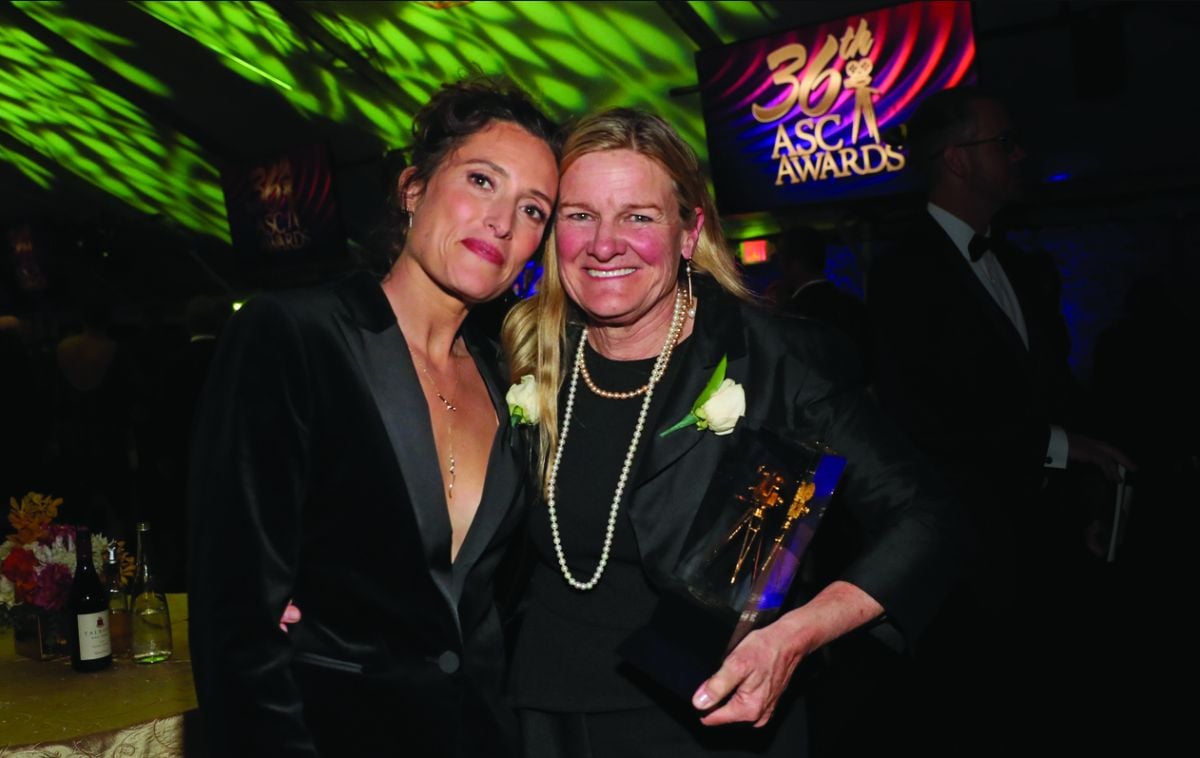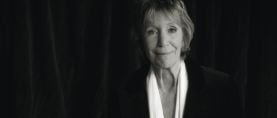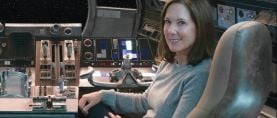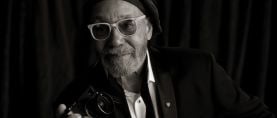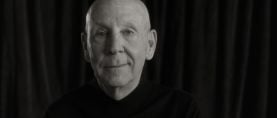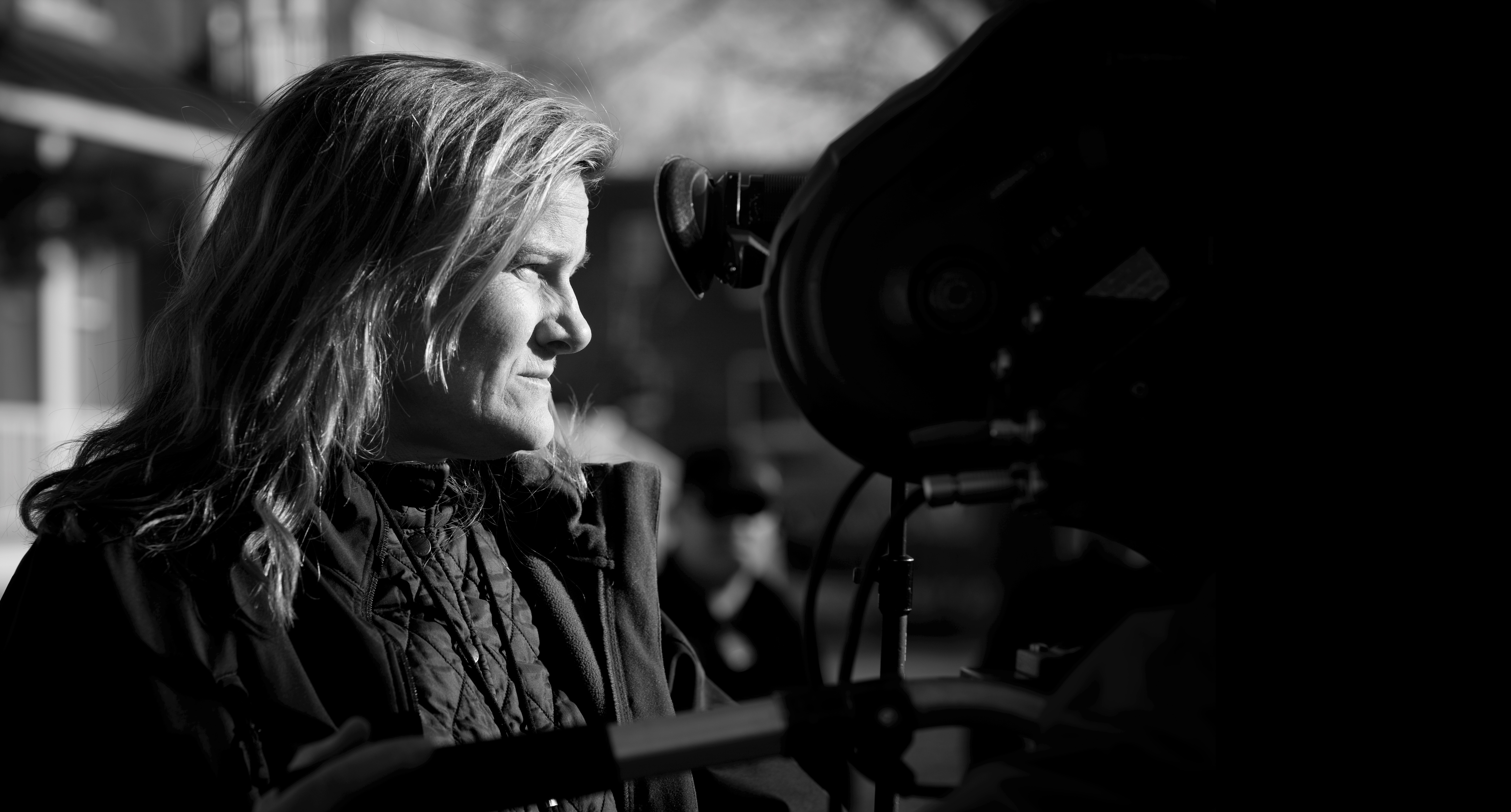
Ellen Kuras, ASC: An Eye for the Unexpected
The 2022 ASC Lifetime Achievement Award honoree looks back at her groundbreaking career.
The ASC Lifetime Achievement Award is the highest honor the Society bestows upon practitioners of the art form. Ellen Kuras, ASC, this year's honoree, is the first woman to join the elite ranks of the award’s recipients.
Kuras’ cinematography in such films as Swoon, I Shot Andy Warhol (AC April ’96), Summer of Sam (AC June ’99), Blow (AC March ’01), Personal Velocity: Three Portraits (AC April ’02) and Eternal Sunshine of the Spotless Mind (AC April ’04) sets her apart as a bold stylist with an uncanny ability to visualize characters’ emotional and psychological landscapes. Her commitment to nonfiction filmmaking, exemplified by her own Emmy-winning, Oscar-nominated documentary, The Betrayal – Nerakhoon (AC April ’08) — which she directed and shot — as well as 4 Little Girls (AC Jan. ’98) and Pretend It’s a City, testifies to her anthropological curiosity and sense of artistic mission.
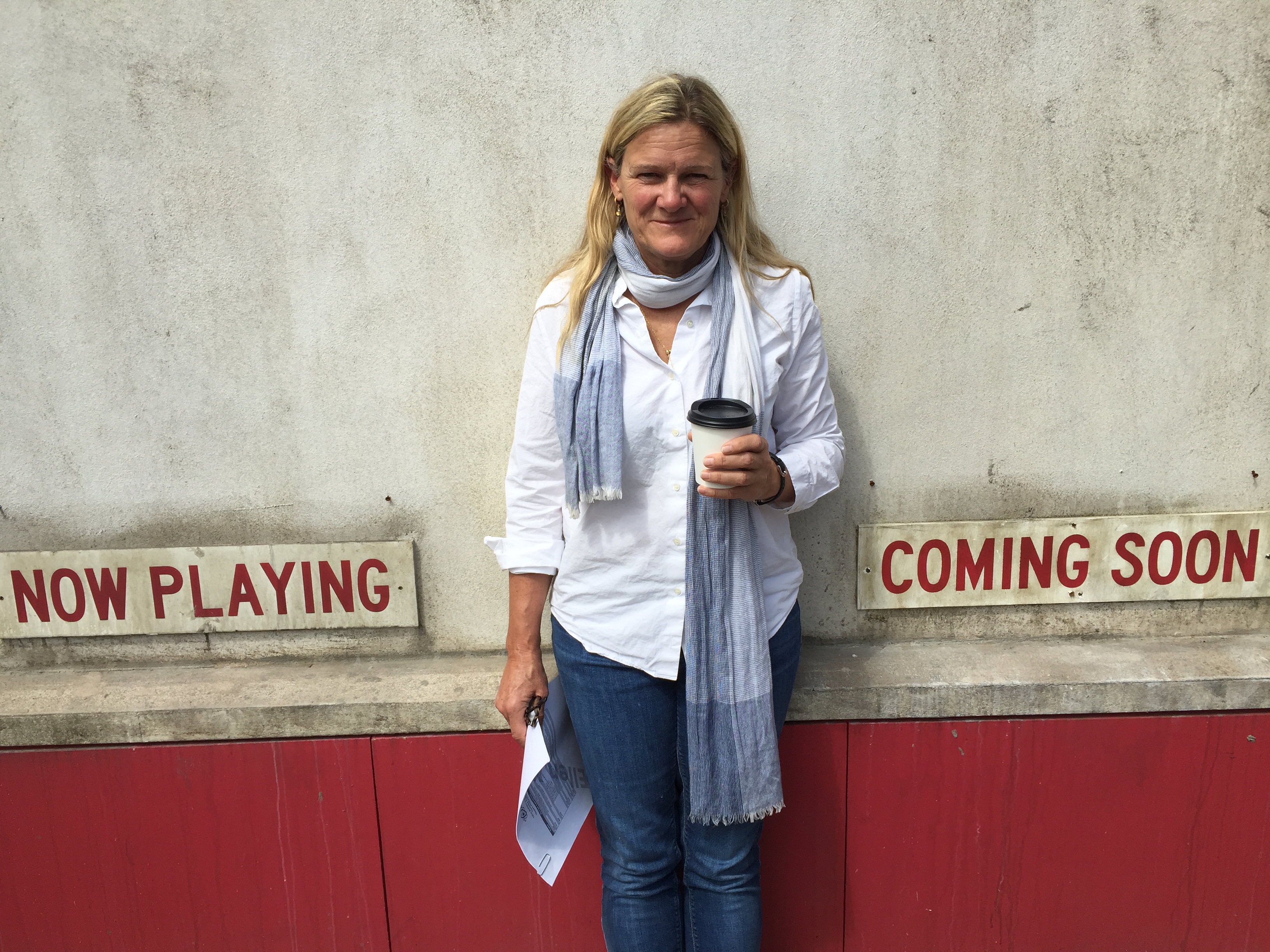
Kuras’ nonfiction work, which includes Neil Young: Heart of Gold (AC March ‘06), Berlin, Dave Chappelle’s Block Party and David Byrne’s American Utopia, dates back to her first cinematography credit, the Student Academy Award-winning short Samsara: Death and Rebirth in Cambodia, and continues today, even as she also focuses on directing. In the weeks before the ASC Awards ceremony, she was in the midst of producing and editing the globe-spanning Covid-19 documentary anthology Chronicle (AC Oct./Nov. ’20), as well as prepping her scripted-feature directing debut, the biographical period drama LEE, about photographer Elizabeth “Lee” Miller, a fashion model who became a war correspondent for Vogue during World War II.
“I like to shoot for content and meaning, and I do the projects that I’m passionate about,” says Kuras. “I’ve never been one to put myself in a box.”
ASC President Stephen Lighthill puts it this way: “Ellen has created an extraordinary body of work that transcends genre.”
Kuras became an ASC member on Jan. 18, 1999, after being recommended by Society colleagues Sandi Sissel, Caleb Deschanel and Steven Poster. She was the fifth woman cinematographer to be inducted; Sissel was the second. “I was very lonely,” Sissel says with a laugh. “Brianne Murphy was the first [woman member], and when I was invited to join, I felt that it was really important to try to work with the ASC to bring other women into the organization. Judy Irola joined us, and then Nancy Schreiber. I thought Ellen was ready for membership not only because of her already-impressive body of documentary and narrative work, but because of who she was as a person. She was a crew leader, an intellect and an artist. She collaborated seamlessly with her directors on each and every film. When [documentary filmmaker] Pamela Yates introduced Ellen to me years ago, she said, ‘This young woman is the real deal,’ and Pam was right.”
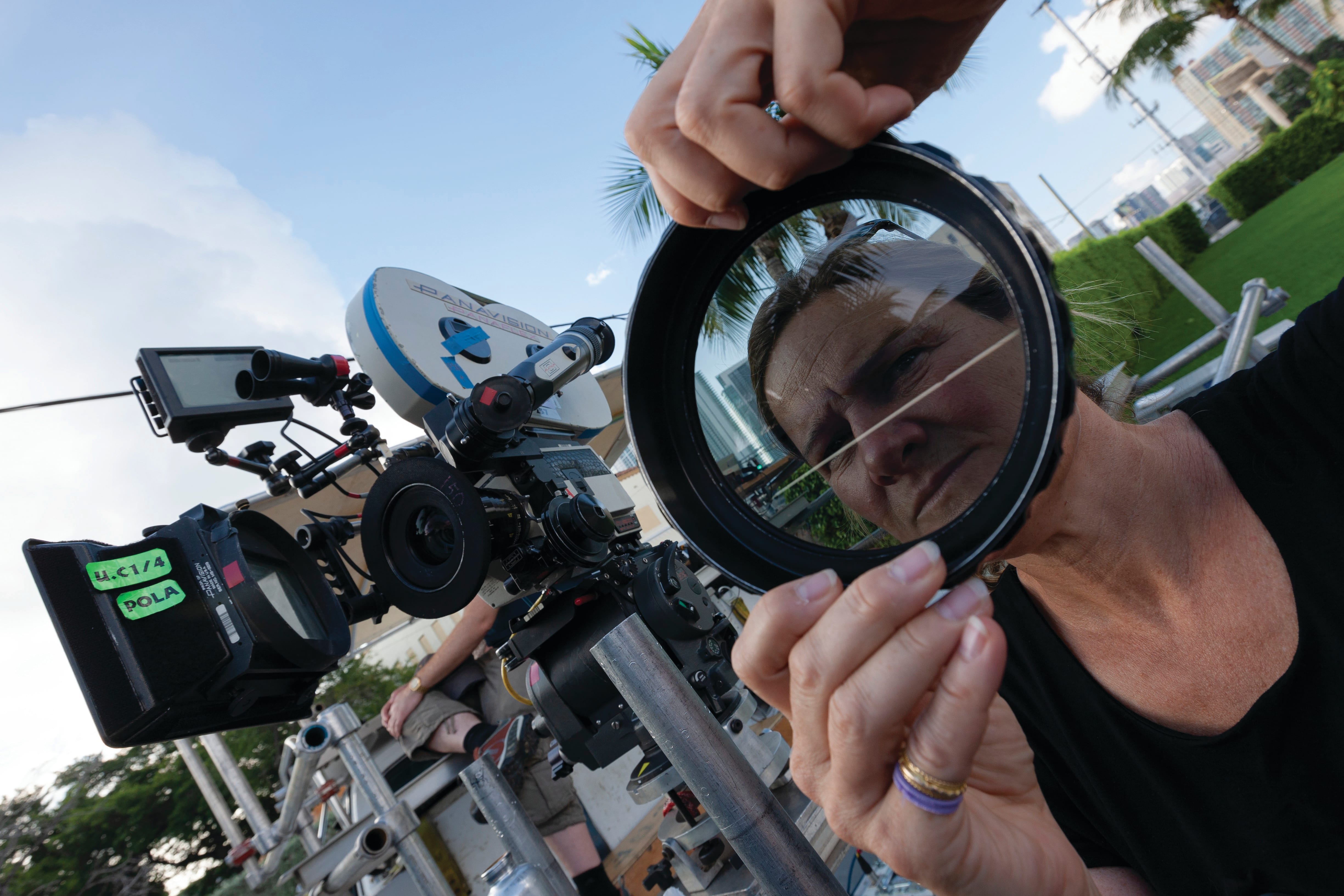
It’s a sentiment echoed by current and former colleagues across the industry.
“If you make a list of the qualities of ‘the best DP,’ she has them all,” says producer Georgia Kacandes, who collaborated with Kuras on Blow. “But what really distinguishes Ellen is her phenomenal heart. On Blow she led the technical crew in a way I’d never seen anyone do, with trust and humor.
“She has a finely tuned intuition, so her shooting captures just the right moment,” Kacandes continues. “She also has a depth of empathy, an ability to listen and really hear the emotion and meaning behind the action or words in the scene, and she gives that to the viewer. It’s uncanny.
“Also, as a person and as an artist, Ellen is open and authentic, which inspires everyone else to behave honestly and authentically. She is a full human being, unique in a world and industry where people often struggle to achieve the resulting collaboration and kinship.”
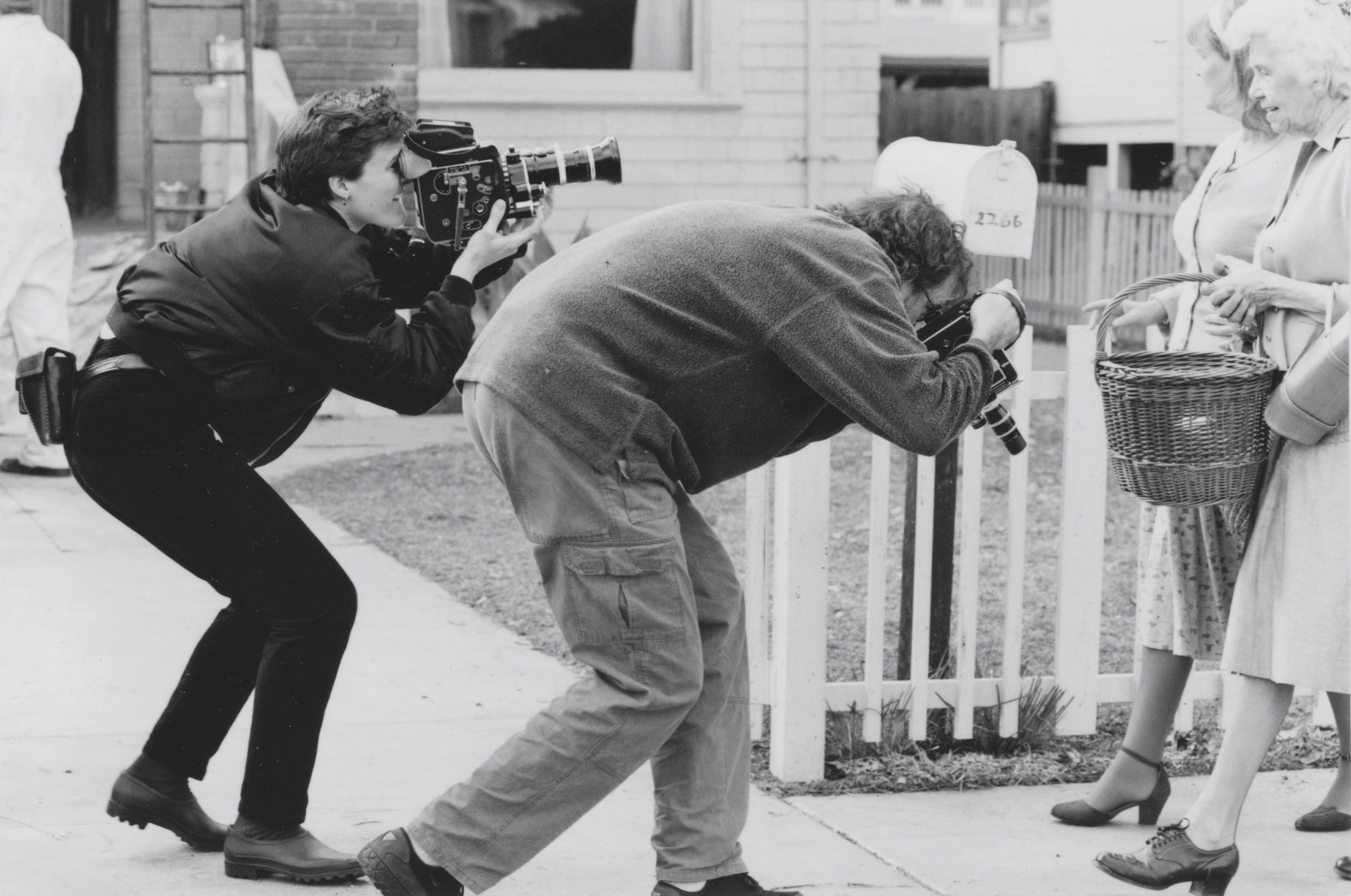
1st AC Rick Gioia, a longtime member of Kuras’ camera crew, cites her “natural ability to bring together the crew in a spirit of shared experience with any given project. It reflects the quality of her character. She always makes it a positive, fun and memorable experience.”
The enthusiasm extends through long hours in the DI suite, says Harbor Picture Co. senior colorist Joe Gawler, a collaborator of 20 years. “I always know that when Ellen is coming in, it will be a special adventure, because she’s got the biggest heart and the most drive of anybody I’ve had the good fortune to work with,” he says. “It’s not uncommon for cinematographers and colorists to have a strong creative bond, but Ellen elevates the relationship to another level — you’re family.”
“‘Family’ is the key word,” says John C. Nadeau, Kuras’ regular gaffer for 23 years. “When you join Ellen’s crew, you become part of the family, and she will put herself on the line for you. She always protected us, and she always wanted our input.
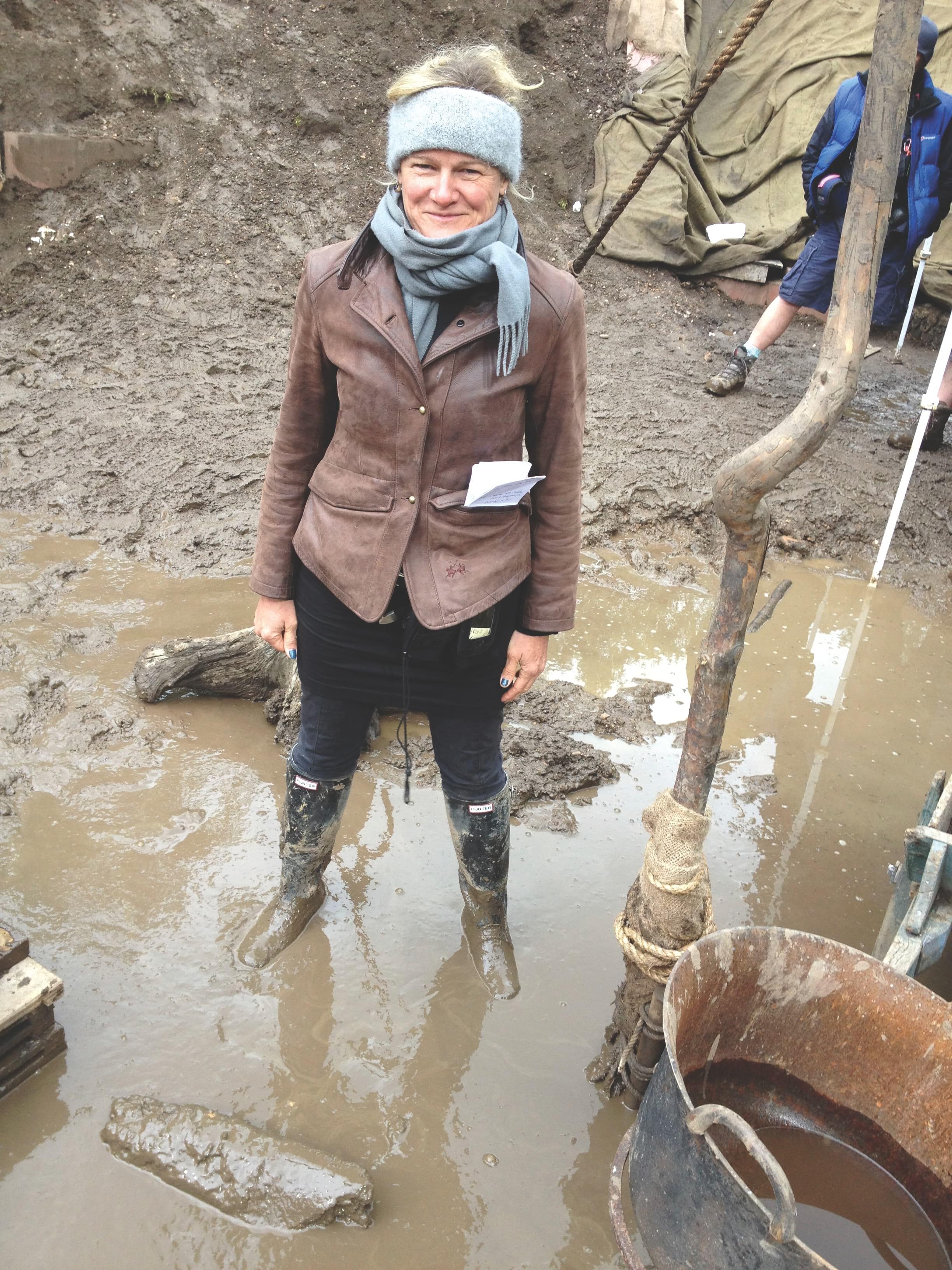
Kuras was raised in Cedar Grove, N.J., in an intellectually rigorous home where excellence was expected from every endeavor. Her father, an engineer and indefatigable creator, routinely enlisted the entire family in ambitious household projects, such as installing central air-conditioning and repairing the roof. Kuras recalls her early fascination with fine art, specifically sculpture, but notes that such pursuits “were perceived as leisure activities in our home, and we had no leisure time.”
Industry is integral to her character. “I’ve never known Ellen to not be busy,” says Lighthill, “but she always finds time to be generous.” In addition to her myriad creative projects, she represents the Cinematographers Branch on the Academy of Motion Picture Arts and Sciences Board of Governors and is the ASC/ICG representative on the National Film Preservation Board. She has also served on the ASC Board of Governors.
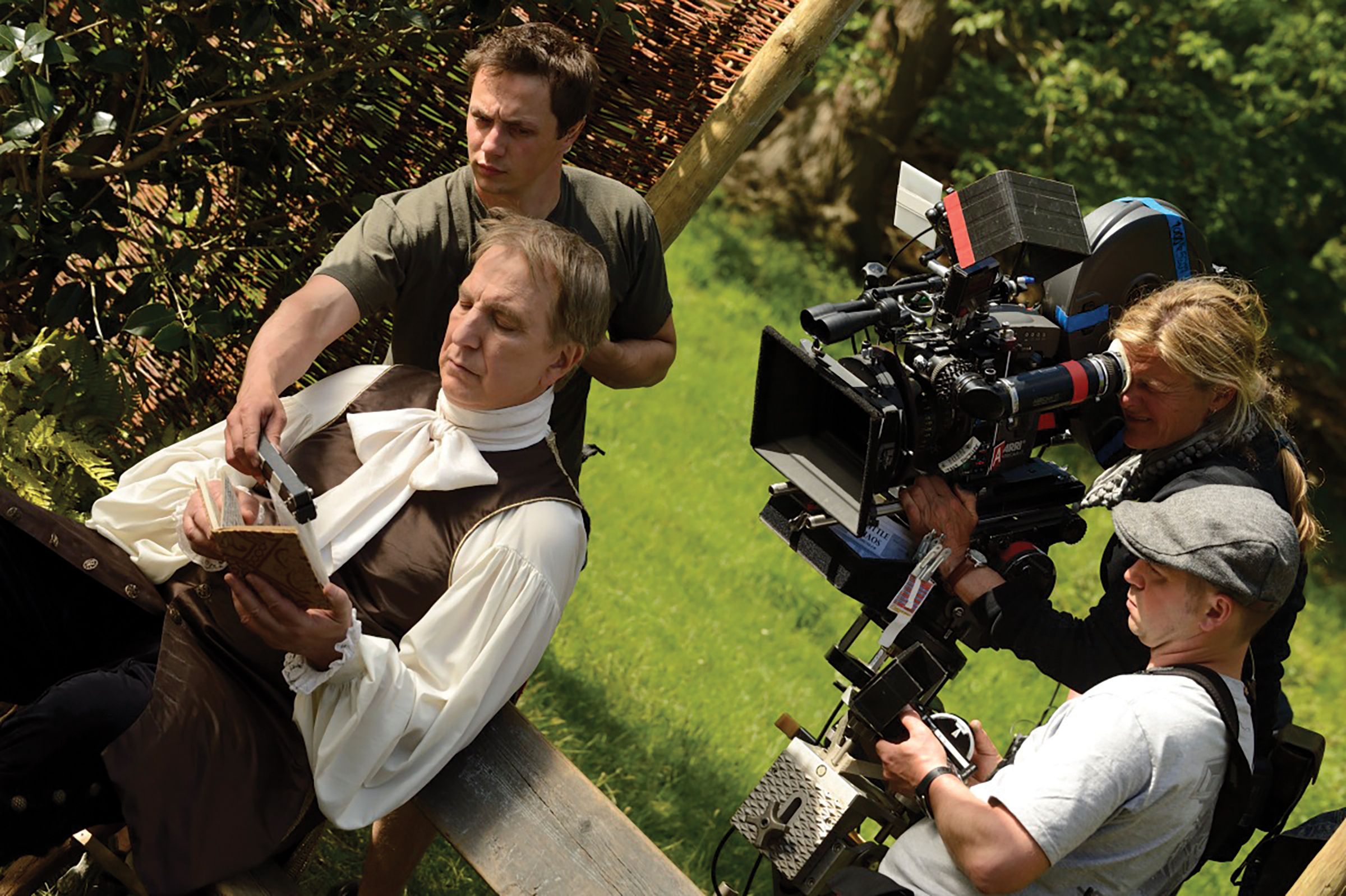
While studying anthropology and semiotics at Brown University, Kuras enrolled in a basic photography class at the Rhode Island School of Design. She took to it immediately. Film festivals on the RISD campus provided then-rare opportunities to see foreign films, one of which “spoke very loudly” to the budding semiotician. Kuras recalls, “I was particularly fascinated by a Polish animated film about a horse, drawn in freehand with pencil or ink. It was a very simple animation — the horse was running and moving through a white space, yet the way the horse moved was clearly a metaphor for what freedom meant in the Communist era. I understood that meaning can be embedded in the way stories are told — how they are told — and that has carried over into how I see as a cinematographer and as a director. How you block a scene, where you place the focus, and how and what one lights all contribute to the meaning of the image.”
Keen to make films with a political bent, Kuras began working in New York as a camera assistant, electrician and PA after she graduated. She gravitated to Skylight Pictures, the documentary collective founded by Pamela Yates, Peter Kinoy and future ASC member Newton Thomas Sigel. While working during the day, she also began pursuing a master’s degree at night at New York University. The Betrayal – Nerakhoon, which follows a Laotian family forced to emigrate and adapt to life in America, was conceived as her master’s thesis, and over the next 23 years, as her cinematography career blossomed, she returned to the project when she could, filming and editing as time and money permitted. “I shot 35 other movies during the making of that film,” she says.
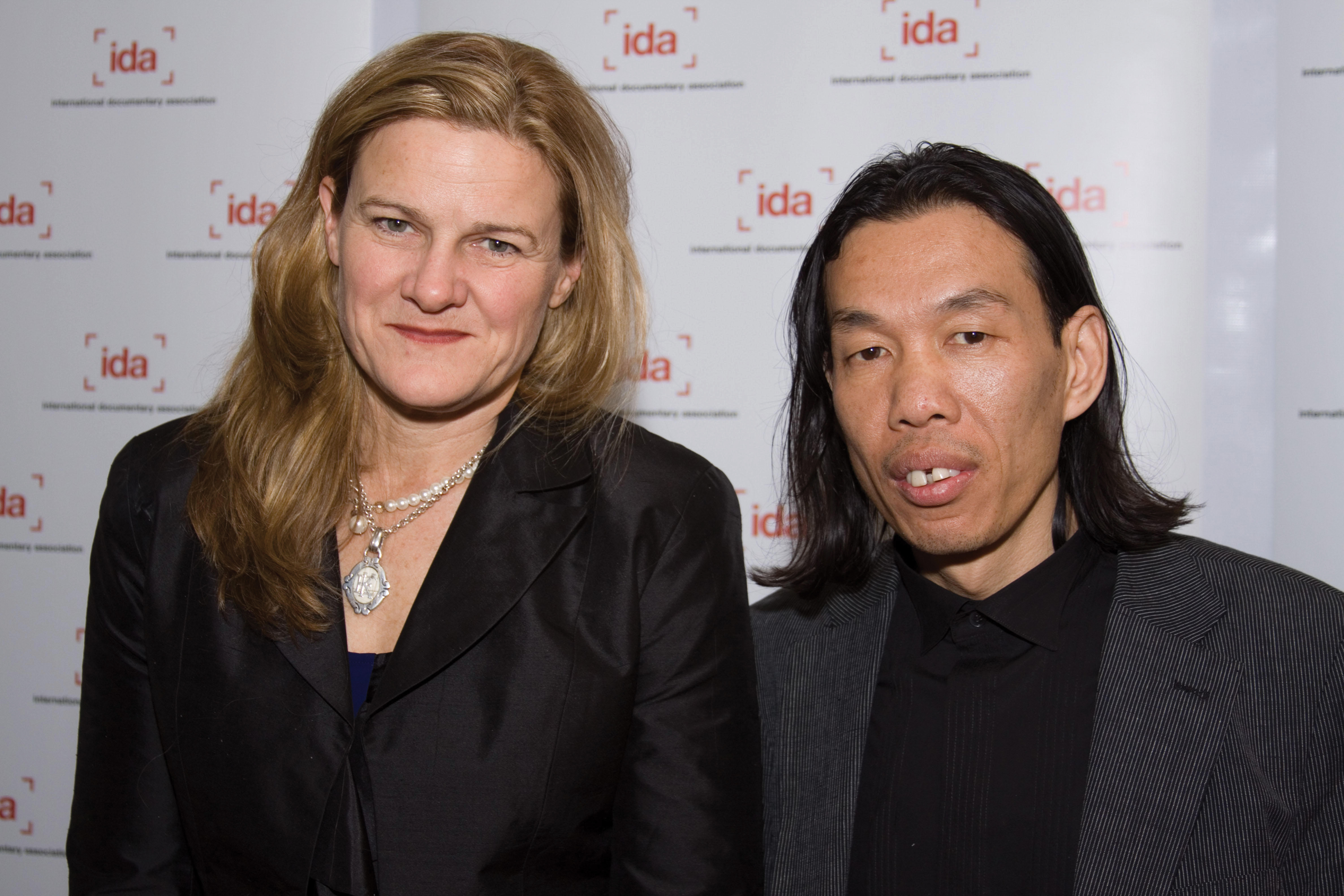
Kuras took her first trip to Los Angeles when Samsara won a 1990 Student Academy Award. “[Director] Ellen Bruno and I were taken around to the studios, to a huge mixing stage, and it opened my eyes to a whole other world,” says Kuras. Around that time, Yates introduced Kuras to Sissel, who had recently shot the Oscar-nominated feature Salaam Bombay! (1998). Sissel was working on both coasts and offered encouragement and support. Kuras recalls, “Women cinematographers weren’t often written about at the time, so I only heard of them through word of mouth or by seeing their films. Sandi was very influential in particular.
“I was aware of the ASC, but it seemed very far away. I was focused on my work, and we New Yorkers don’t have the physical reality of the Clubhouse to remind us of the ASC’s significance. And the ASC wasn’t part of women’s lexicon, so to speak.”
Christine Vachon, an acquaintance from Brown who had founded Apparatus Films with Todd Haynes and Barry Ellsworth, began pushing Kuras to shoot features. “Ellen was the AC on one of our shorts, and we’d seen each other enough that I knew what her ambitions were,” Vachon recalls. “But you know, it was really tough for women back then; crews often went out of their way to make it clear they didn’t want to work under women. My partners and I were making these radical, queer-forward films, but in some ways the hardest thing to upend was what it looked like behind the camera. Fortunately, there was this generation of young directors like Todd Haynes and Tom Kalin who really wanted to work with women. Their attitude was, ‘Why wouldn’t I?’”
At Vachon’s urging, Kuras sent a reel to Kalin, who was prepping Swoon, his black-and-white drama about the Leopold and Loeb murder case. It would be his first feature, too. “I’d always looked at features and wondered how [those cinematographers] knew what to shoot,” says Kuras. “I innately realized that each scene is written for a reason, so I sat with Tom and went through the script, asking, ‘What’s your intention with this scene? What feeling do you want to get across?’ And his answers enabled me to understand where the camera should go. I was flying by the seat of my pants; I had never shot a narrative, and never black-and-white, so my approach was primarily intuitive.
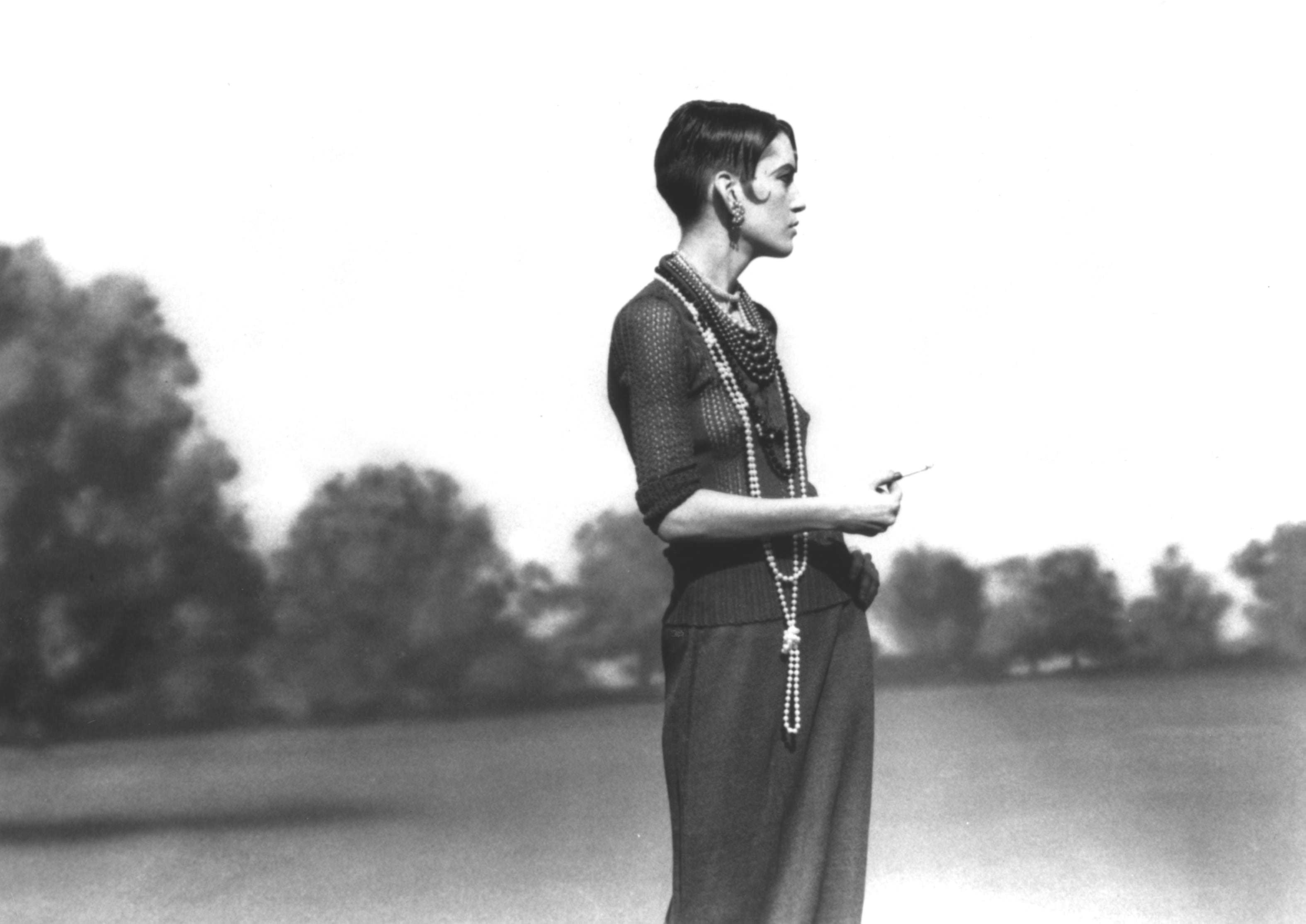
“What I learned on Swoon was how to do a lot with a little. Imagine a Sachtler 20 sticks on a doorway dolly! The biggest light I had was a 5K, and I might’ve had three Baby Juniors. I learned how to simplify, which was a really good lesson.” Kuras won the Sundance Film Festival’s cinematography award for Swoon, and she went on to set a festival record by winning the award twice more, for Rebecca Miller’s Angela and Personal Velocity: Three Portraits.
On her next feature for Apparatus, Steve Mclean’s Postcards From America, Kuras connected with gaffer Nadeau, sparking a collaboration that came to include microbudget indies, studio features, documentaries, concert films and commercials. Nadeau was continually inspired by Kuras’ ingenuity. “At the beginning, when we had no money, she always found a way to get a unique look somehow. It could be something as simple as using swing-and-tilt lenses on Angela, before anyone was really using them, or experimenting with different lab processes. One thing that gave her work a cachet was that she was always moving the camera. When we couldn’t afford cranes or even dollies, Daniel Beaman, our key grip in those days, did an amazing job of keeping up with her. If she wanted to do an overhead on a bed and track along someone’s body, he would trot out to the grip truck and come back with a doorway dolly, some apple boxes, a couple of [camera offsets] and a ladder.”
Kuras’ love of camera operating — its power to express intent and emotion — has never faded. “The whole world falls away when I look through the viewfinder; it’s peering into another world,” she says. “I operate because I want to control the camera on a feeling level, a gut level. Sometimes in the first take, I might have this intuitive feeling to pan from one character to another, and another operator might not have the same sensibility.”
Deschanel believes Kuras’ grounding in documentaries gave her a unique acuity in that regard: “I’ve always thought doing documentaries is a good starting point for a cinematographer because you hone your ability to pay attention, and when you become really attuned to watching people and their movements, you can anticipate what’s going to happen next without knowing what’s going to happen. Ellen has that ability to anticipate what comes next, which I think is a key element of being really great.”
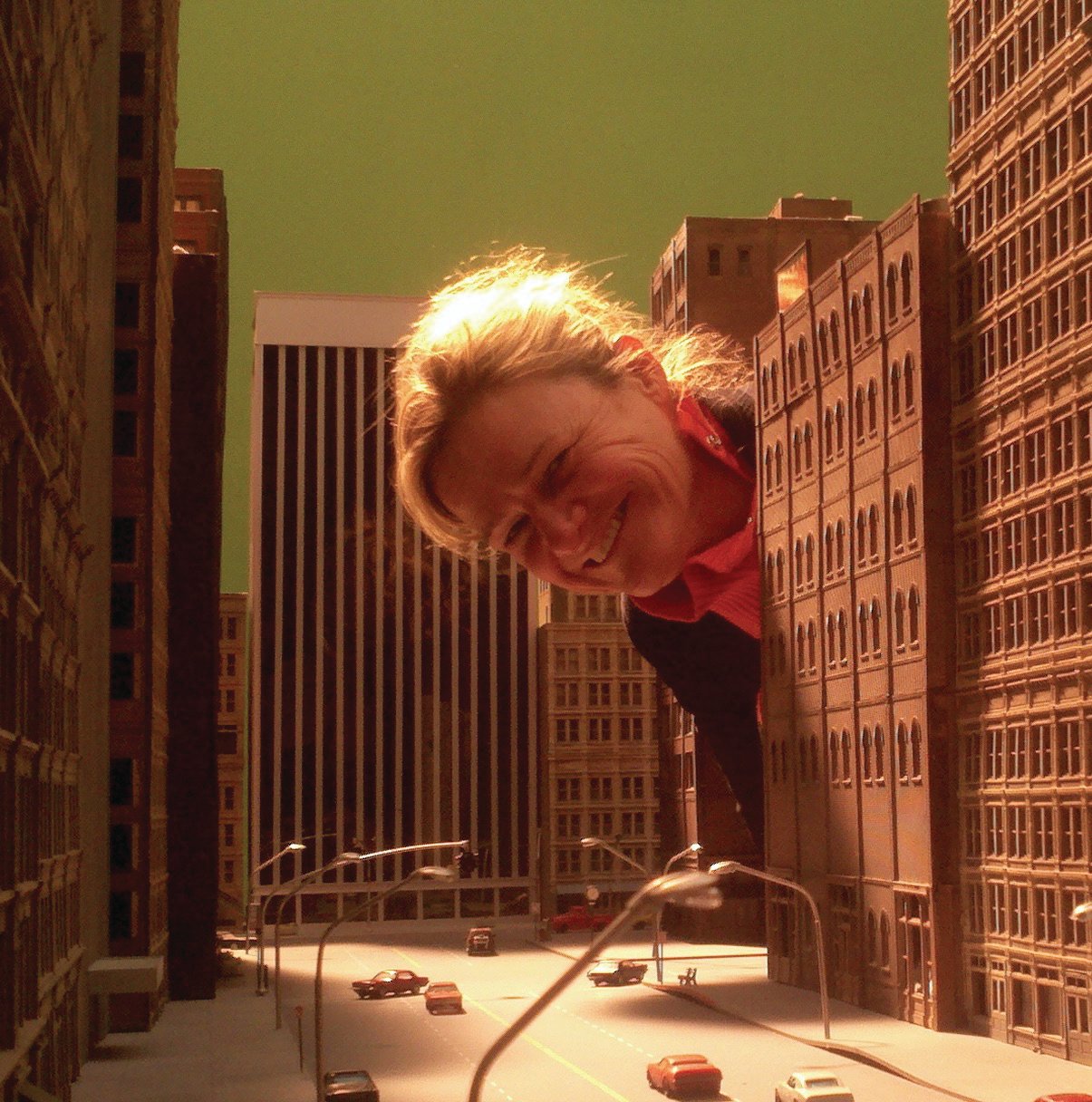
Steven Poster, ASC, says, “Ellen Kuras is truly a gifted cinematographer and a dear friend. I had the great fortune to meet her early in her career, when she was at [ASC associate] Douglas Kirkland’s studio getting her portrait photographed for the Kodak ‘On Film’ magazine ads — always a true mark that you’d made it into a very exclusive club. That day, we talked for at least four hours after her sitting, and there was no subject we were afraid to discuss. We talked about every cinematography subject, the art and the craft, the politics, and our colleagues. It was the start of a relationship I cherish, and I knew we would be lifelong friends.
“I subsequently had the great honor to write a letter nominating her for membership in the ASC. Since then, no matter how long it is between contacts, within minutes we’re back where we started, a sign of true friendship.”
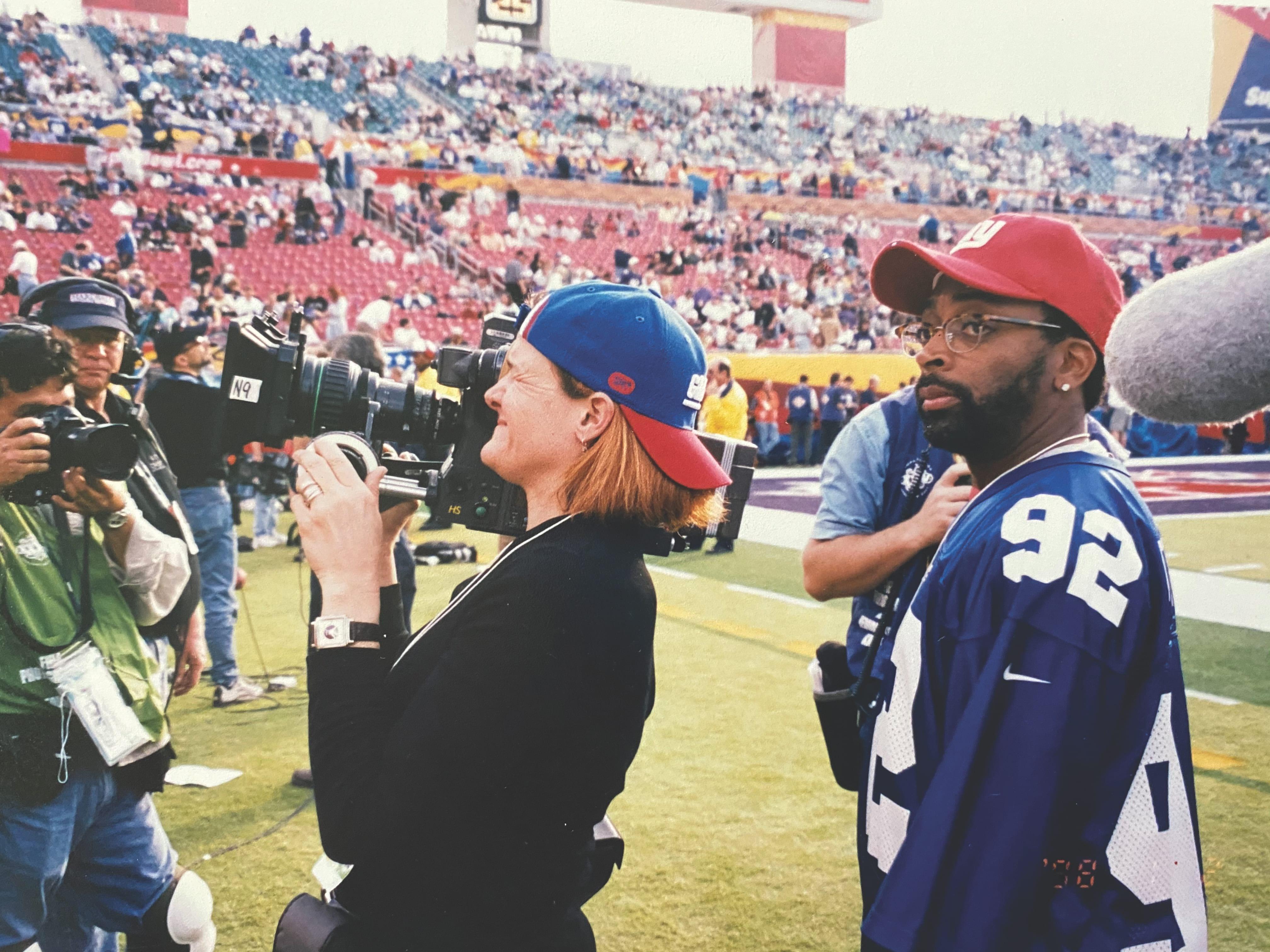
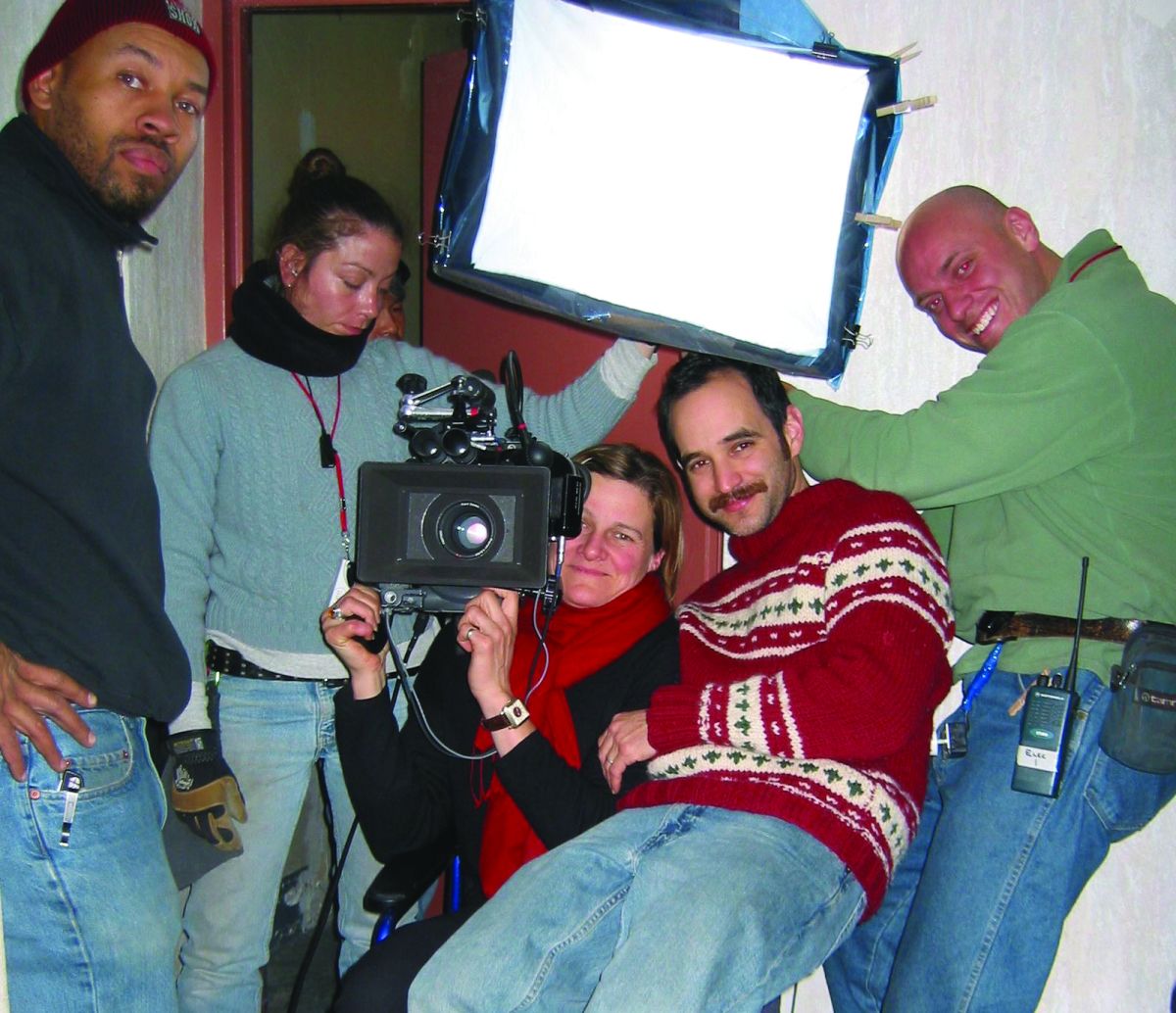
Kuras’ approach to lighting is also uniquely expressive. “Whether it’s 20Ks through Full Grid or a single [paper] lantern in a room, it’s always going to be soft, directional light,” says Nadeau. “A director once called Ellen ‘an American Romanticist,’ and that’s a good moniker.”
He recalls that fog was a favorite trick. “When we didn’t have big lighting budgets, if things were looking harsh to Ellen, she’d add just enough atmosphere to eat into the shadows and take the edge off. On I Shot Andy Warhol, we were shooting the scene where Lili Taylor comes back to the Factory and goes crazy; the sun had gone down, and our 12K Fresnels coming through the windows looked horrible. I said, ‘Okay, guys, turn ’em off and pack it up,’ and Ellen said, ‘Not yet. Get the art department up here, get the fog machine.’ The windows were two or three stops below the sheen on the floor! But they fired up the fog machine and wafted some around, Lili came in, and it’s probably one of the most beautiful shots in the movie. And it’s not a heavy fog, just atmosphere.
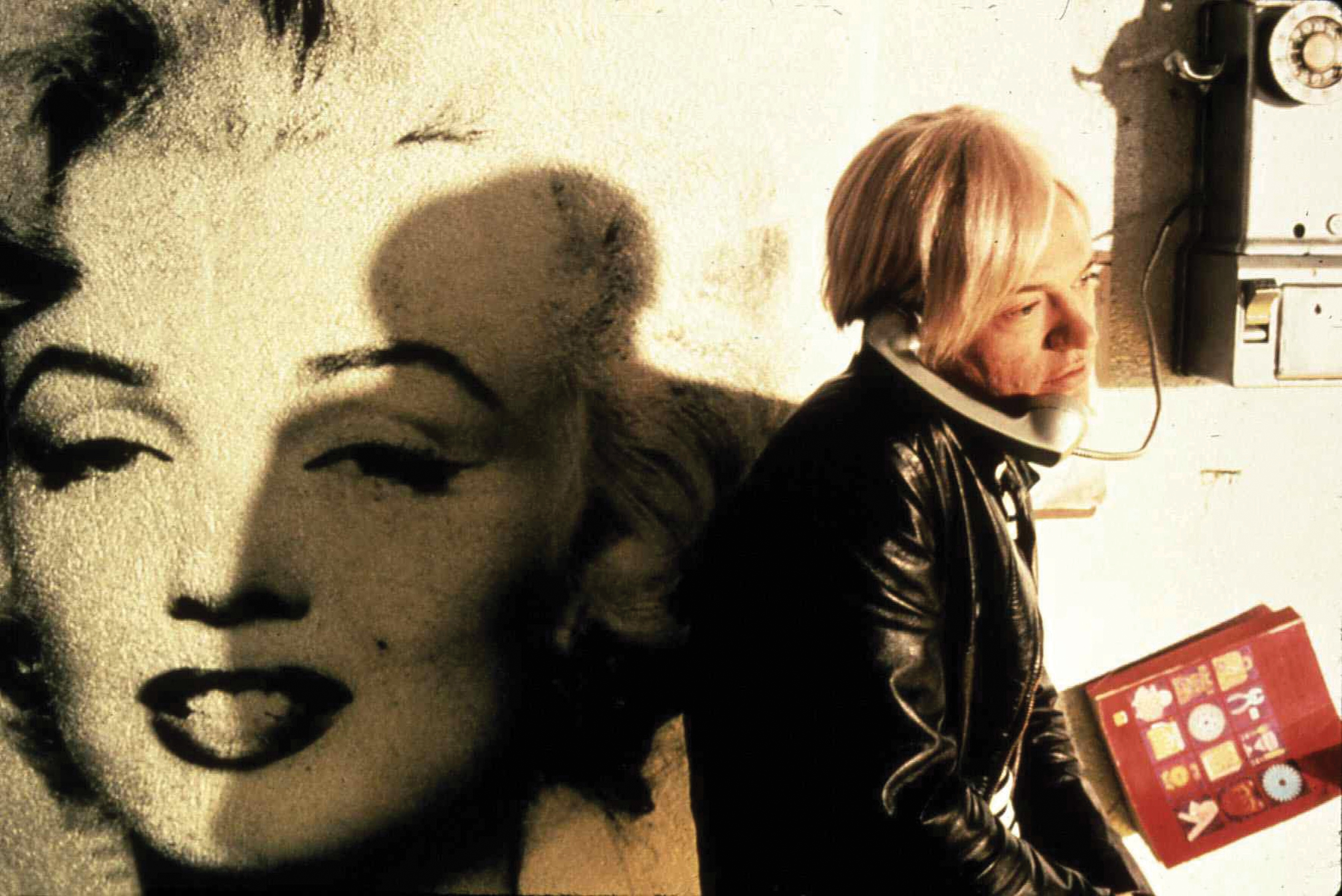
“Ellen is also intensely interested in color. We started using an obscure range of tungsten-to-fluorescent gels for night scenes — Lee 241, 242 and 243 — to create a cyan/blue or cyan/green effect. [Ed. note — These gels are designed to correct tungsten light (3,200K) to fluorescent (4,500K with high green). The result is generally a neutral white.] We’d gel lights with them or have them added to day-for-night window packs, along with ND. And we might use chocolate or pale-gold gels for afternoon light shafts. We knew we were supposed to correct with CTO or CTS, but the thinking was, ‘Do we have to?’ Ellen would say, ‘Lets mix it up, Johnny.’”
“I do love being able to use color both for emotional effect as well as color separation,” Kuras says. “It’s so exciting to see how an image begins to move in front of my eyes as color is added or subtracted — whether it be in the art or set direction, the color temp of the light, the gelled effect of a light, or later on in the color-grading room where a color added to the shadows or highlights will have a dramatic effect on how the image is perceived.”
There was also the magic of “hunches that worked out,” Nadeau says, citing an example from Blow: “For the scene where Johnny [Depp] and Penélope [Cruz] are in a convertible coming over a bridge at night, we were on location with the convertible on a process trailer. You’d typically light that by putting lights on the process trailer or Christmas lights on the dashboard, but Ellen wanted to do something different. We thought it over, then figured, ‘Why not have another camera car with a couple Maxi Brutes on it run parallel to our process trailer?’ We got some looks when we brought that up at a production meeting!” Nadeau laughs. “Of course, I lied through my teeth and said, ‘We do that all the time in New York going down Broadway.’ So we got permission to do it, and the scene is fantastic. There’s a perfect half-light on Johnny, and Penélope is facing into this gorgeous light as she just goes crazy.”
Adds Kuras, “John talks about me having ‘Kurassic’ hunches, but I know that this is my mind’s eye at work, thinking about how to experiment with a certain light or effect that I imagine in my head, and that is described by my inner voice. Whomever it is that’s sitting there on my shoulder all of these years has certainly done a lot of chatting!”
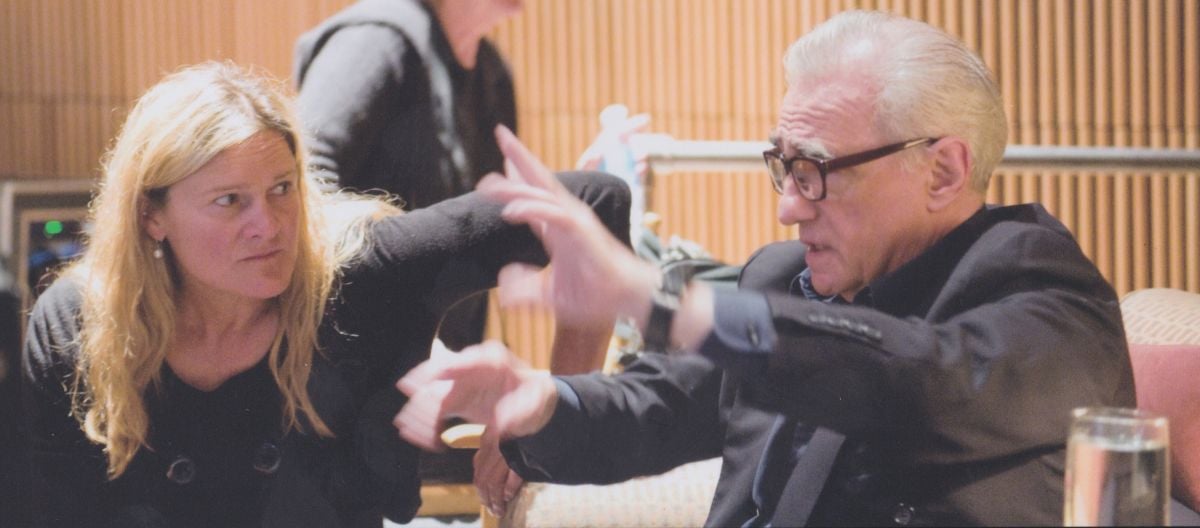
Kuras says her resolve to follow her instincts was strengthened by a seminal conversation with Sven Nykvist, ASC in 1994. “Rebecca Miller offered to introduce us because I loved Bergman’s films,” she says. “At that time, you weren’t considered a ‘real’ cinematographer until you used ‘the wheels,’ the Worrall [geared] head. I’d shot Swoon on a fluid head, which I preferred because I could get my body into it and feel things in a very different way. So I asked Sven, ‘How do you feel about the geared head versus the fluid head?’ He laughed — knowing that in the U.S., things were done differently — and said, ‘I use the fluid head all the time. Just use what you think feels best.’
“So then I asked him about zoom lenses versus primes. Another prevailing attitude at the time, especially amongst younger cinematographers, was that to shoot narrative, one had to use only primes. I told Sven I loved using my Cooke 9-50mm [Varokinetal] and Zeiss 10:1 [Vario-Sonnar] because I often didn’t have the ability to move the camera at the end of a shot, and with those lenses, I could sometimes just push in a tiny bit on the end of the lens or make a small move that finished off the shot. Sven said, ‘And I do the same!’”
Nykvist then offered his opinion: Kuras didn’t need to justify her decisions. She fondly recalls his tongue-in-cheek quip: “‘Listen, if anybody asks you why you’re doing something, just tell them, ‘I can do whatever I want because Sven Nykvist gave me permission!’ And that has stayed with me my whole career. The lesson was: Listen to your inner voice.
“And that’s the most important piece of advice I can give any young cinematographer. The other advice: Just because you are good, or are in a position of power, that doesn’t give you permission to trod on those around you. Don’t be an a--hole.”
You’ll find our story on the 2022 ASC Outstanding Achievement Awards here, complete with video of Kuras’ acceptance speech.
